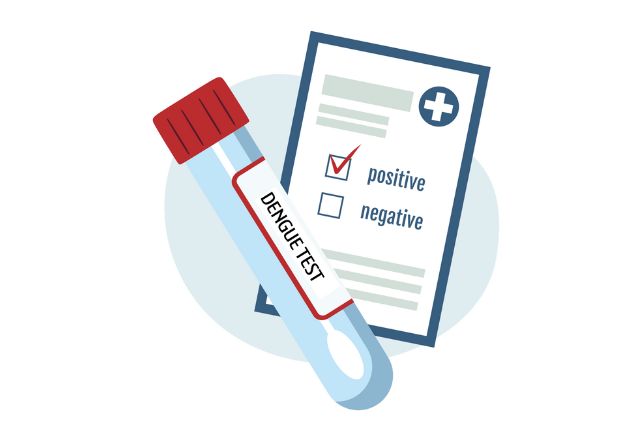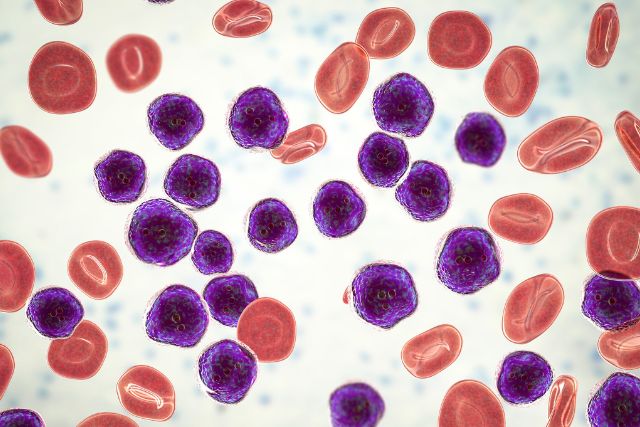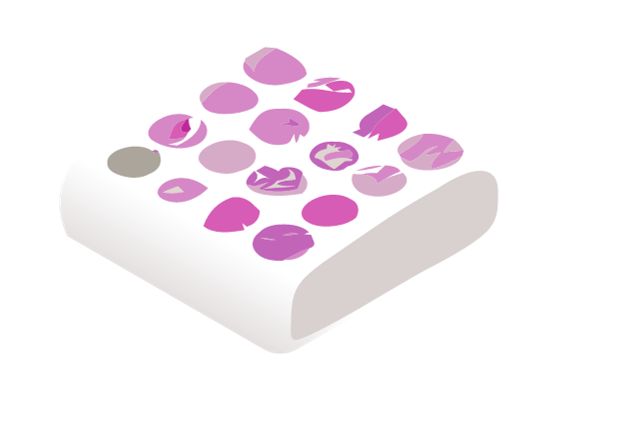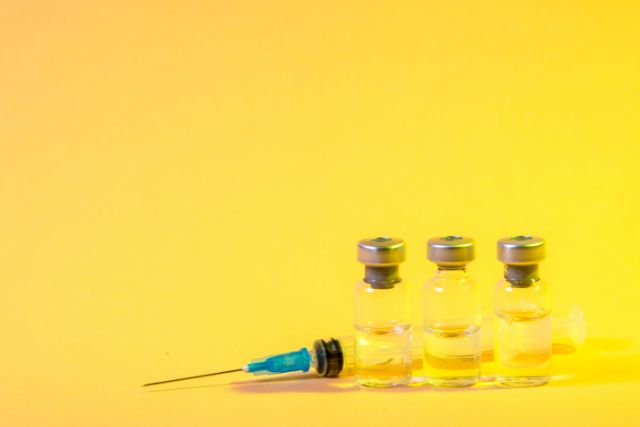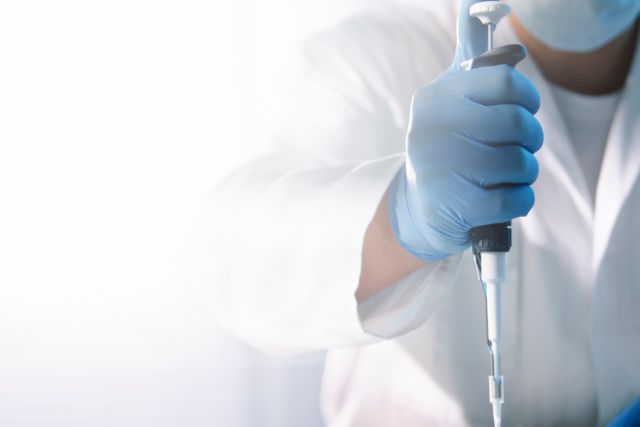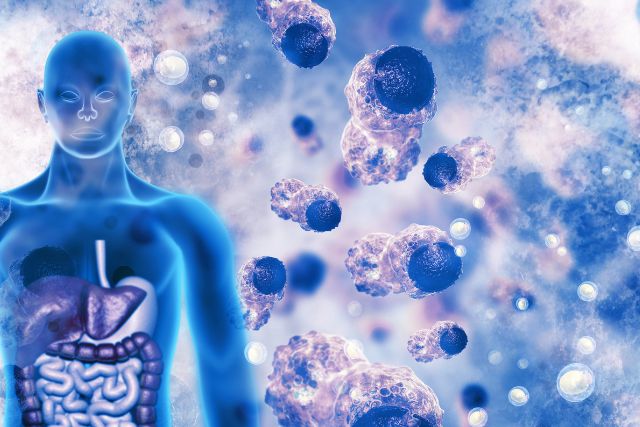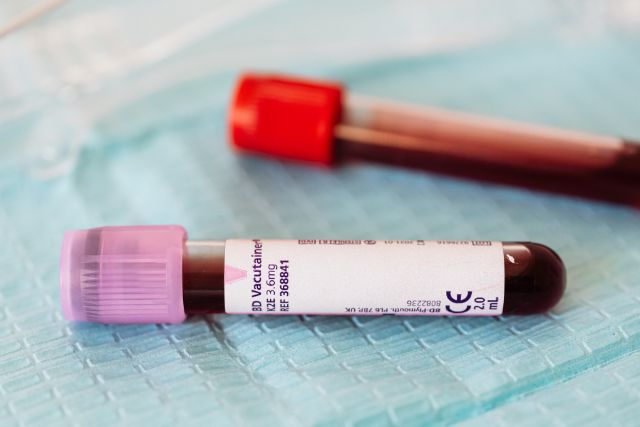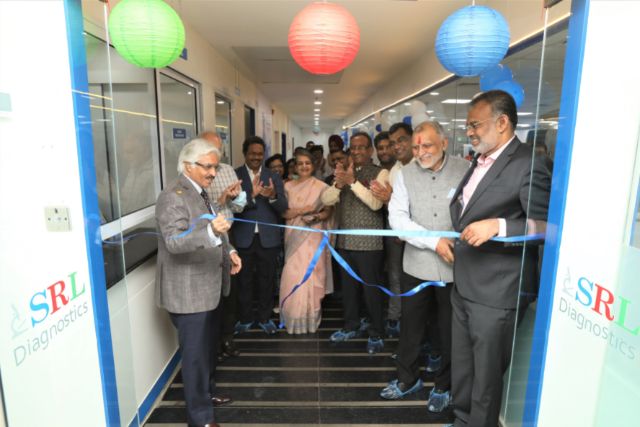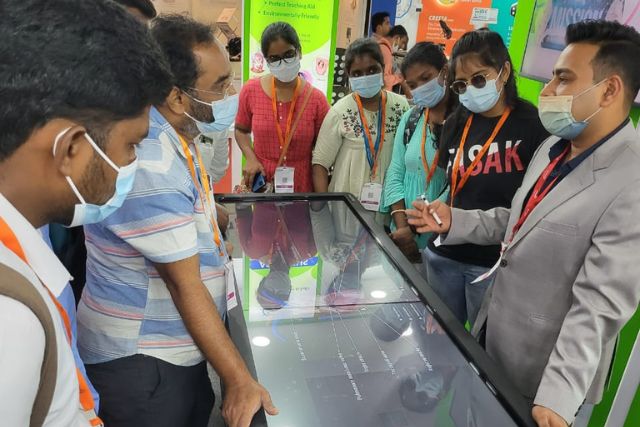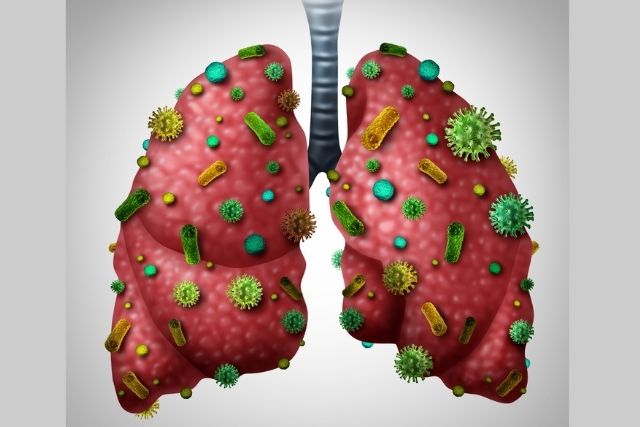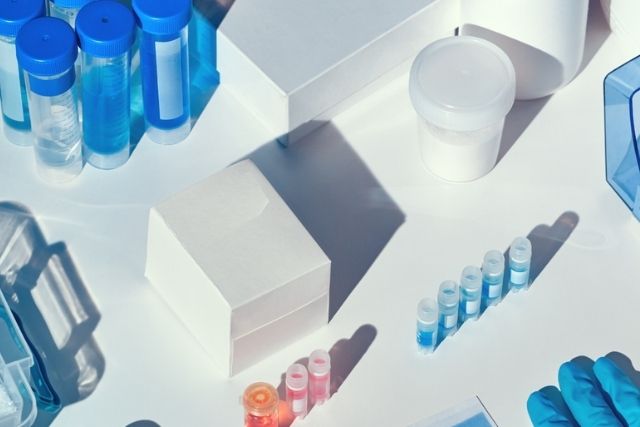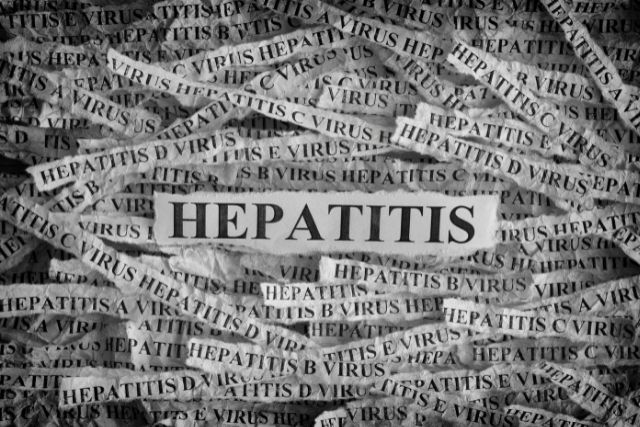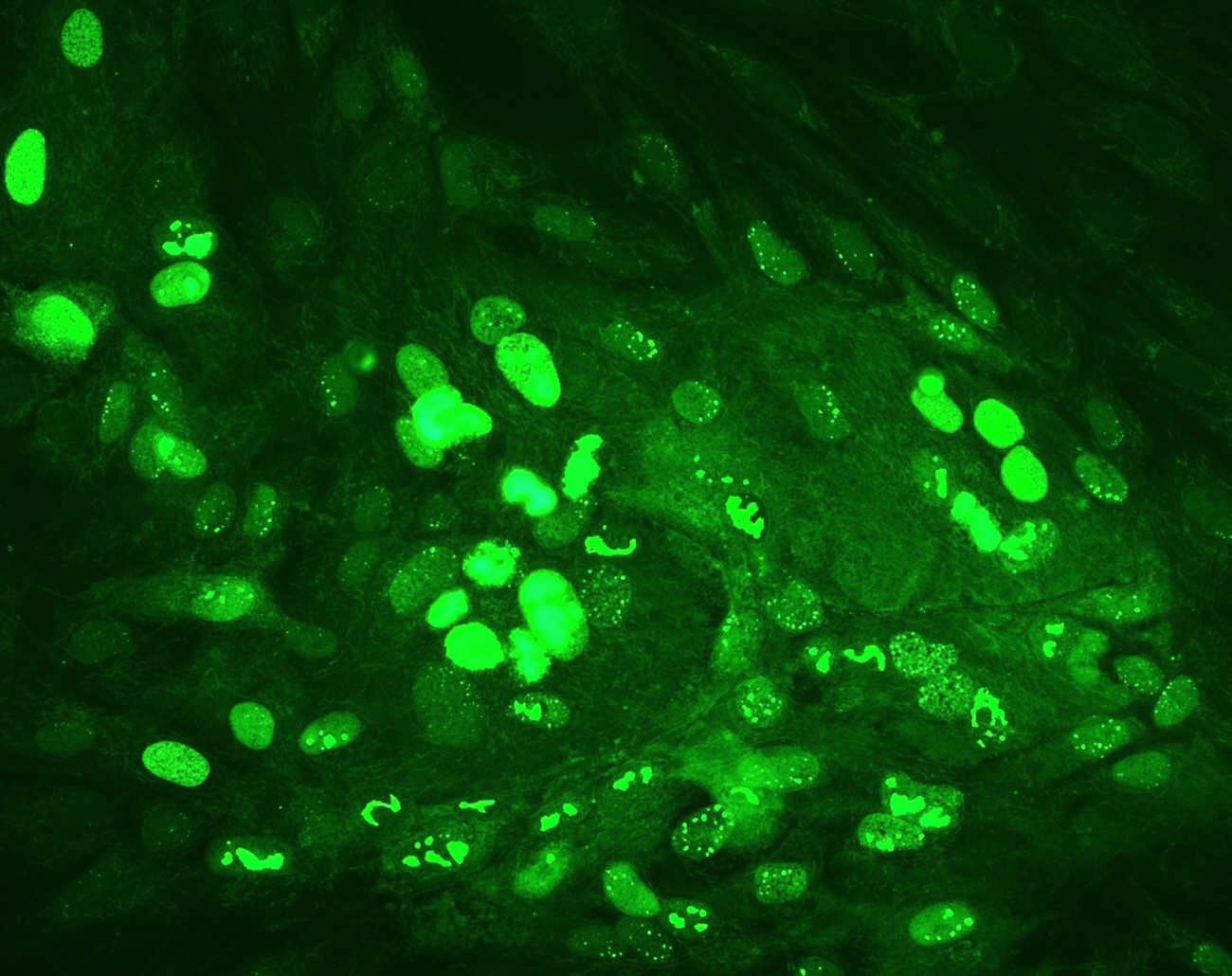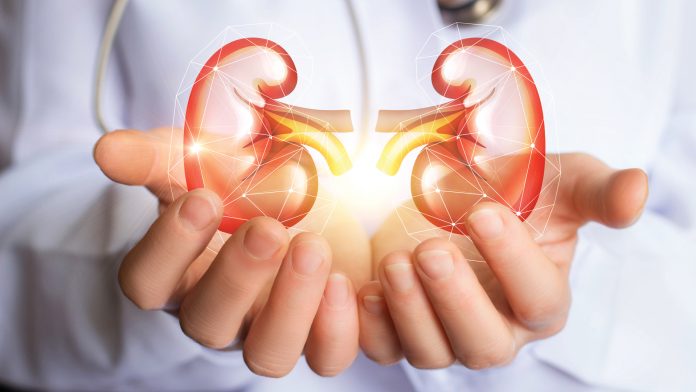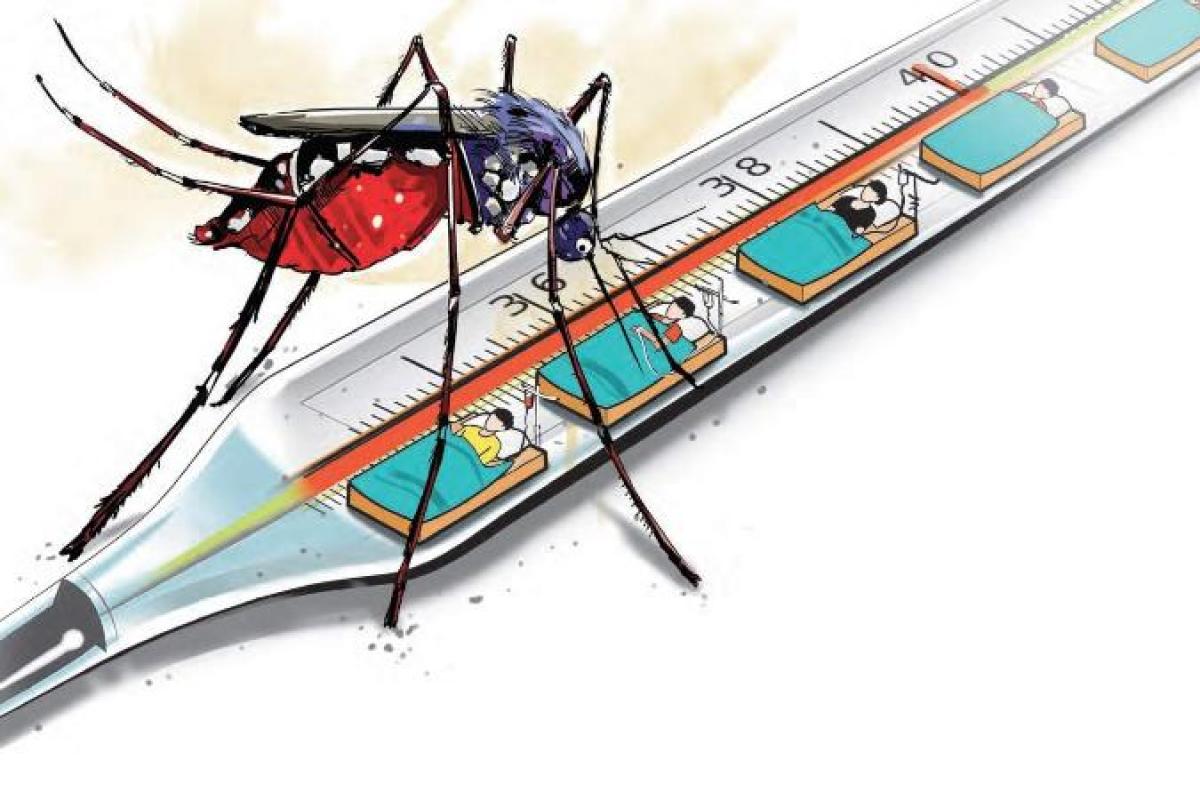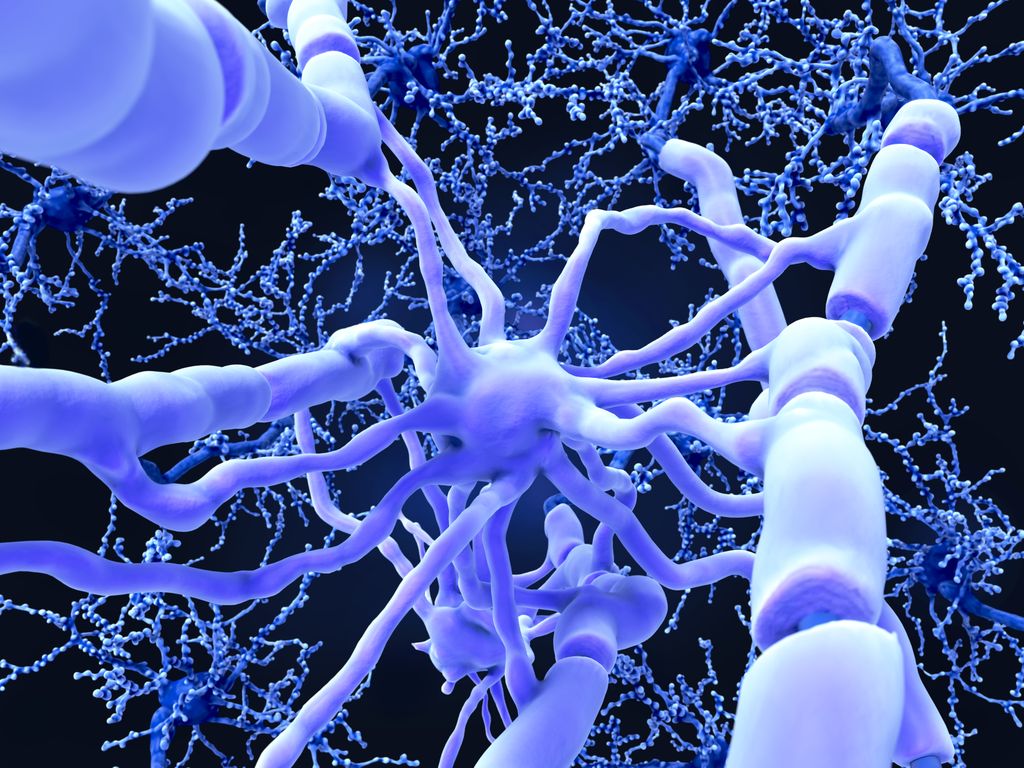Fluorescence immunoassay has the potential to revolutionise the diagnostics landscape. Fluorescence Immunoassay (FIA) is a powerful tool and an advanced cutting-edge technology for detecting and quantifying various substances in biological samples. FIA utilises the properties of fluorescence to detect and measure the concentration of a target molecule in a sample and has been used extensively in research, diagnostics, and drug discovery.
At its core, fluorescence immunoassay is an advanced diagnostic technique that uses the principles of immunology and fluorescence to detect the presence of specific molecules, such as antigens or antibodies, in a sample.
The method relies on fluorescent-labelled antibodies, which bind to the target molecule in the sample and emit a detectable fluorescent signal. By measuring this signal, the presence and concentration of the target molecule can be determined with high accuracy and sensitivity.
FIA offers several advantages over traditional diagnostic methods, such as ELISA and RIA. Some of the critical benefits of FIA include the following:
- High sensitivity and specificity: FIA are exceptionally high in sensitivity and specificity, enabling the detection of extremely low concentrations of target molecules, often in the picomolar range.
- This makes it an ideal tool for diagnosing various diseases and conditions early and accurately.
- Speed and efficiency: The FIA technology requires shorter incubation times and more straightforward sample preparation procedures than traditional methods, resulting in faster turnaround times and increased productivity. It significantly improves the accuracy, speed and efficiency of disease detection.
- Reduced risk of contamination: As FIA does not rely on radioactive or enzyme-linked labels, there is a reduced risk of sample contamination and degradation, ensuring the integrity of results.
- The versatility and potential of fluorescence immunoassay make it a valuable tool. It is used for clinical diagnostics as well as research applications.
- Medical diagnostics: FIA is widely used in clinical laboratories for the diagnosis and monitoring of various diseases, such as infectious diseases like hepatitis B infection, HIV, and autoimmune disorders, to monitor blood glucose levels in diabetes mellitus patients and cancer. FIA also helps in the detection of drugs like phencyclidine (PCP), marijuana etc., in urine samples
- Pharmaceutical industry: FIA plays a critical role in drug discovery and development. It allows for the rapid and accurate screening of potential drug candidates and assessing their efficacy and safety.
In India, FIA has been used in medical diagnostics for many years. It is also gaining popularity in pharmaceutical companies and research laboratories. In addition, FIA technology is increasing in environmental monitoring, food safety and quality control.
FIA technology is ideal as it provides accurate results within minutes without requiring sophisticated equipment or trained personnel.
In addition, the simplicity of use makes FIA suitable for point-of-care applications where quick turnaround time is critical such as emergency rooms or intensive care units (ICUs).
Future uses of Fluorescence Immunoassay includes:
- Point-of-care testing – FIA is a superior technology because it is fast, sensitive, and requires only a small sample size.
- Personalised medicine – is an emerging field that seeks to tailor medical treatment to an individual’s unique genetic makeup. FIA can play a critical role in personalised medicine by enabling the rapid and accurate detection of specific biomarkers associated with a patient’s disease. FIA can also monitor treatment efficacy and adjust treatment plans accordingly.
- Environmental monitoring – FIA can also be used for environmental monitoring. FIA can detect and measure the concentration of pollutants, toxins, and other harmful substances, facilitating effective monitoring and control of environmental hazards. FIA can also be used to monitor the health of aquatic and terrestrial ecosystems.
- Food safety – FIA can be used to ensure food safety. FIA can detect and measure the concentration of contaminants, such as pesticides, mycotoxins, and heavy metals, in food samples. In addition, FIA can be used to detect foodborne pathogens, allergens, and contaminants, ensuring the safety and quality of food products.
- Drug discovery – FIA can be used in drug discovery. FIA can be used to screen large numbers of compounds for their ability to bind to a target molecule. FIA can also be used to measure the affinity and specificity of a drug candidate for its target molecule.
With its high sensitivity and specificity, FIA is poised to become an essential technology in many healthcare, environmental science, and biotechnology areas.
Fluorescence immunoassay is a powerful diagnostic tool that offers numerous advantages over traditional diagnostic methods, making it a promising technology for the future of diagnostics. With its high sensitivity, specificity, and versatility, FIA holds excellent potential to revolutionise the diagnostics landscape across various industries.
As research advances and new applications emerge, fluorescence immunoassay is poised to become an indispensable component of modern diagnostic technology.
Authored By:
Jatin Mahajan
Jatin Mahajan is a highly-reputed healthcare industry influencer. He holds various roles in industry bodies – CII, ASSOCHAM, Association of Diagnostics Manufacturers of India (ADMI), Global MedTech Advocacy and Advisory Forum (GMAAF), Association of Indian Medical Devices Industry (AIMED), and the Delhi Management Association. He is also the managing director of J Mitra & Company.








